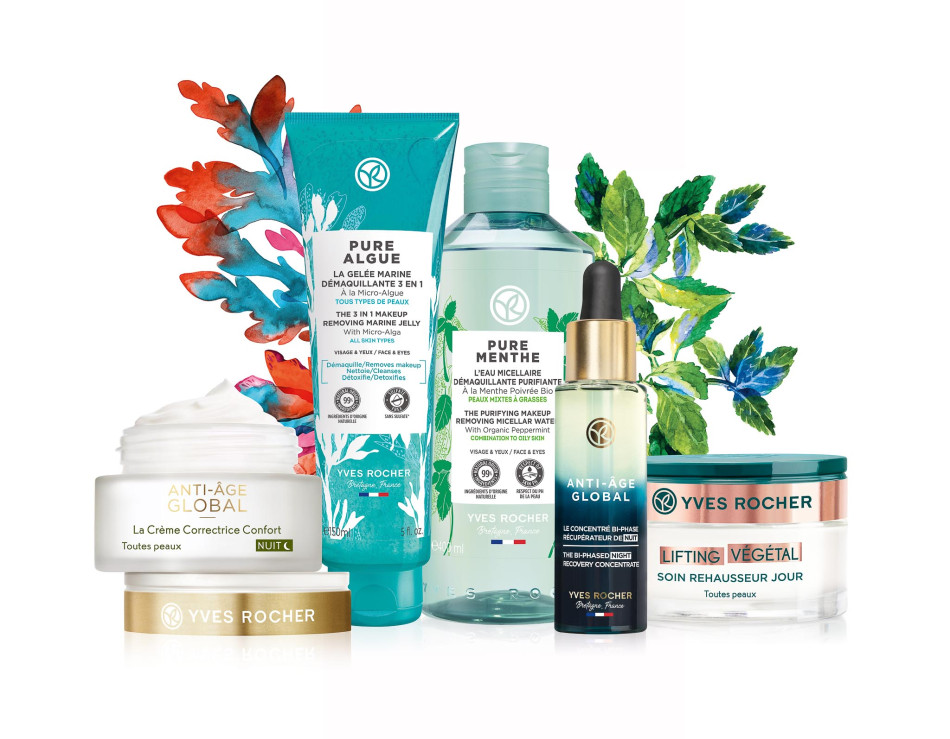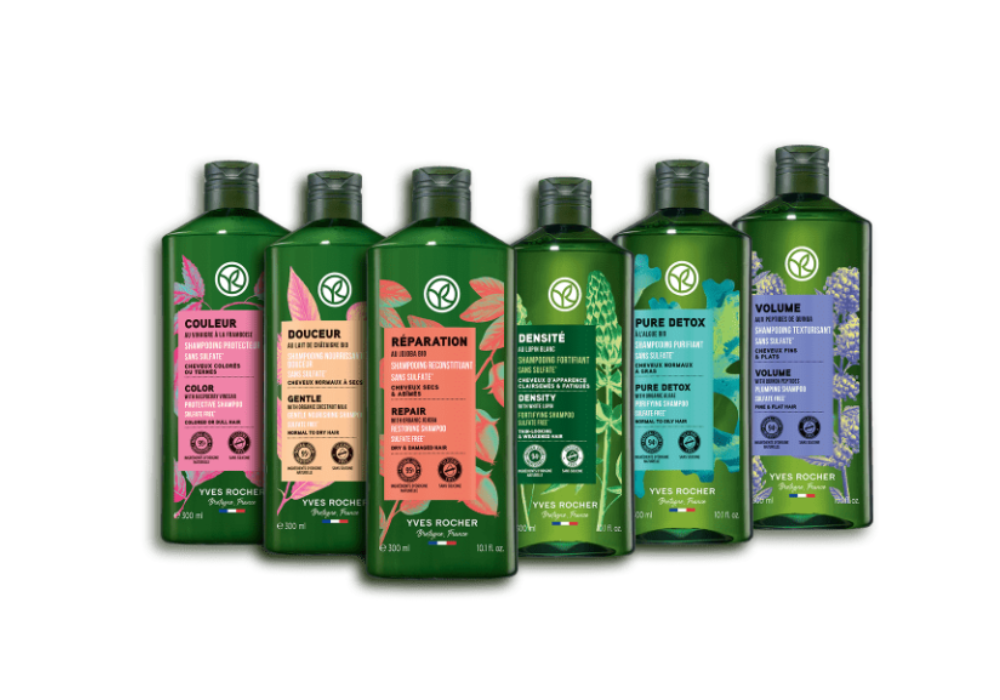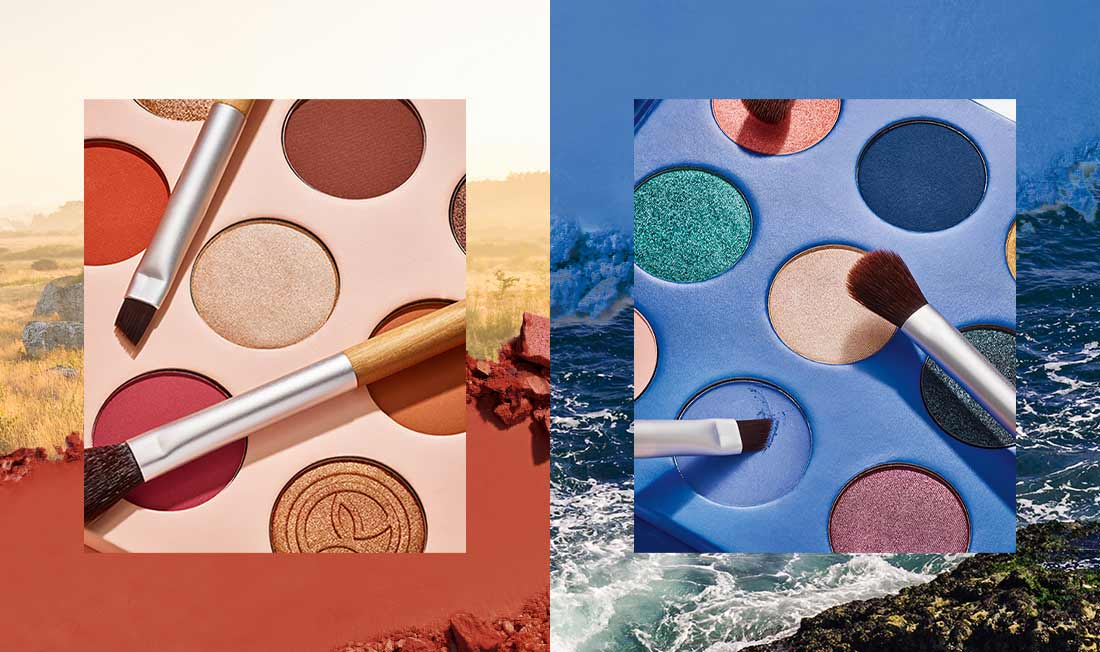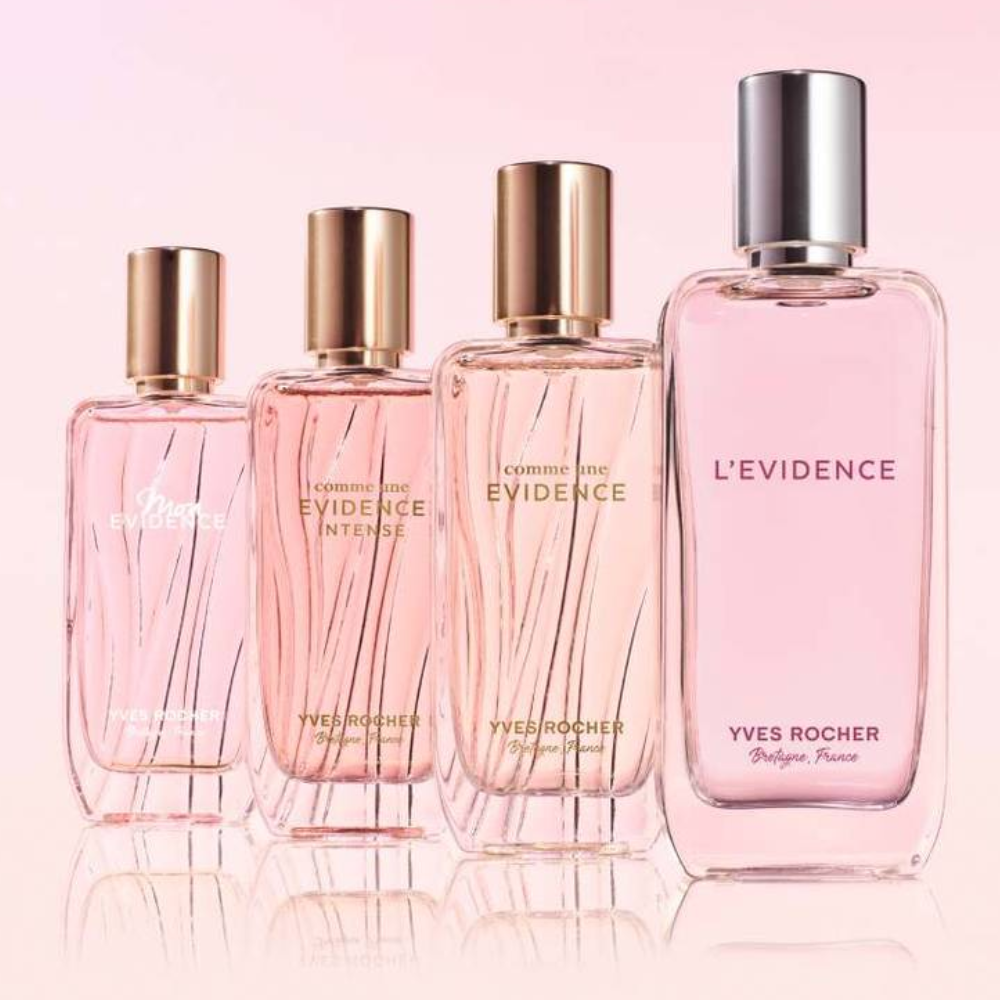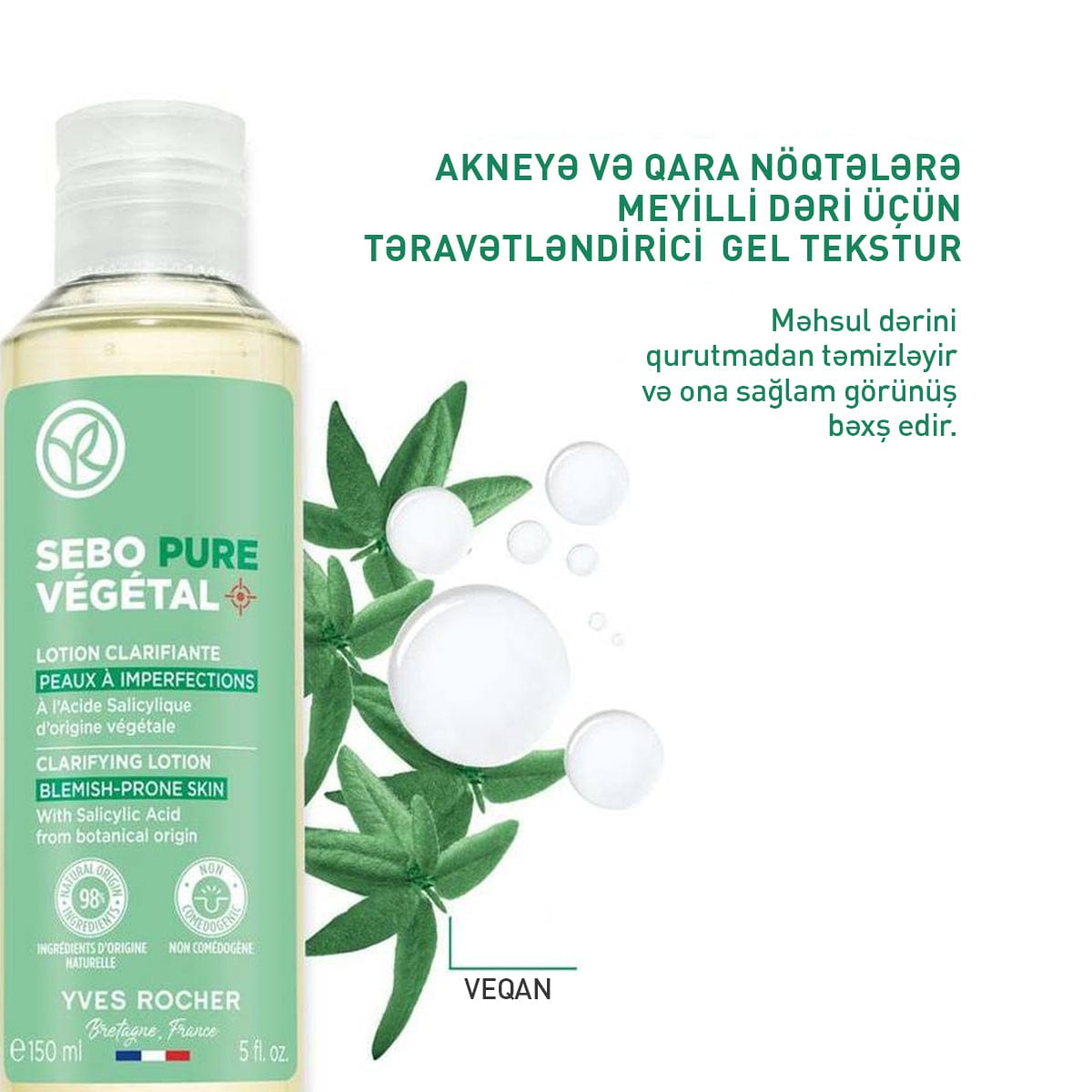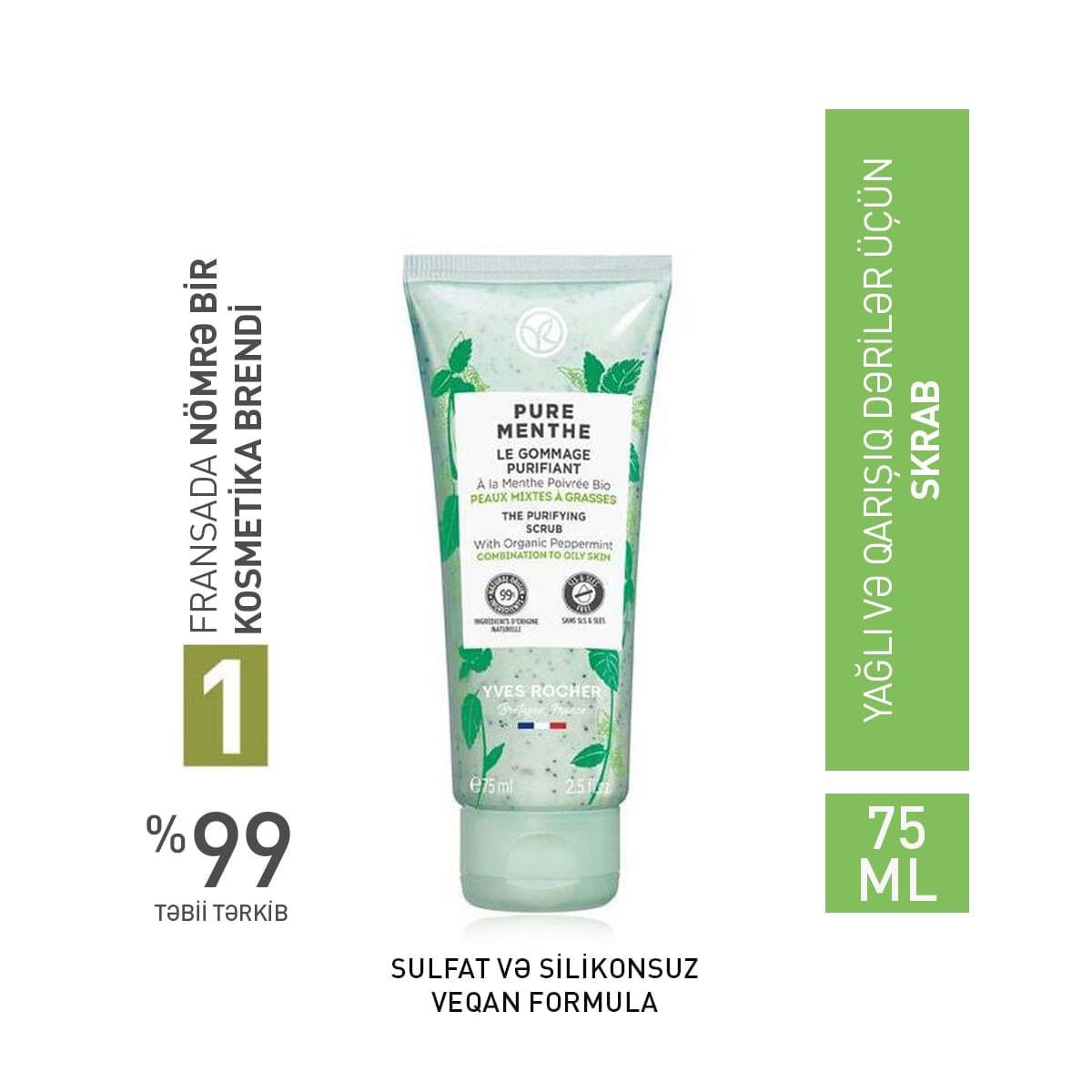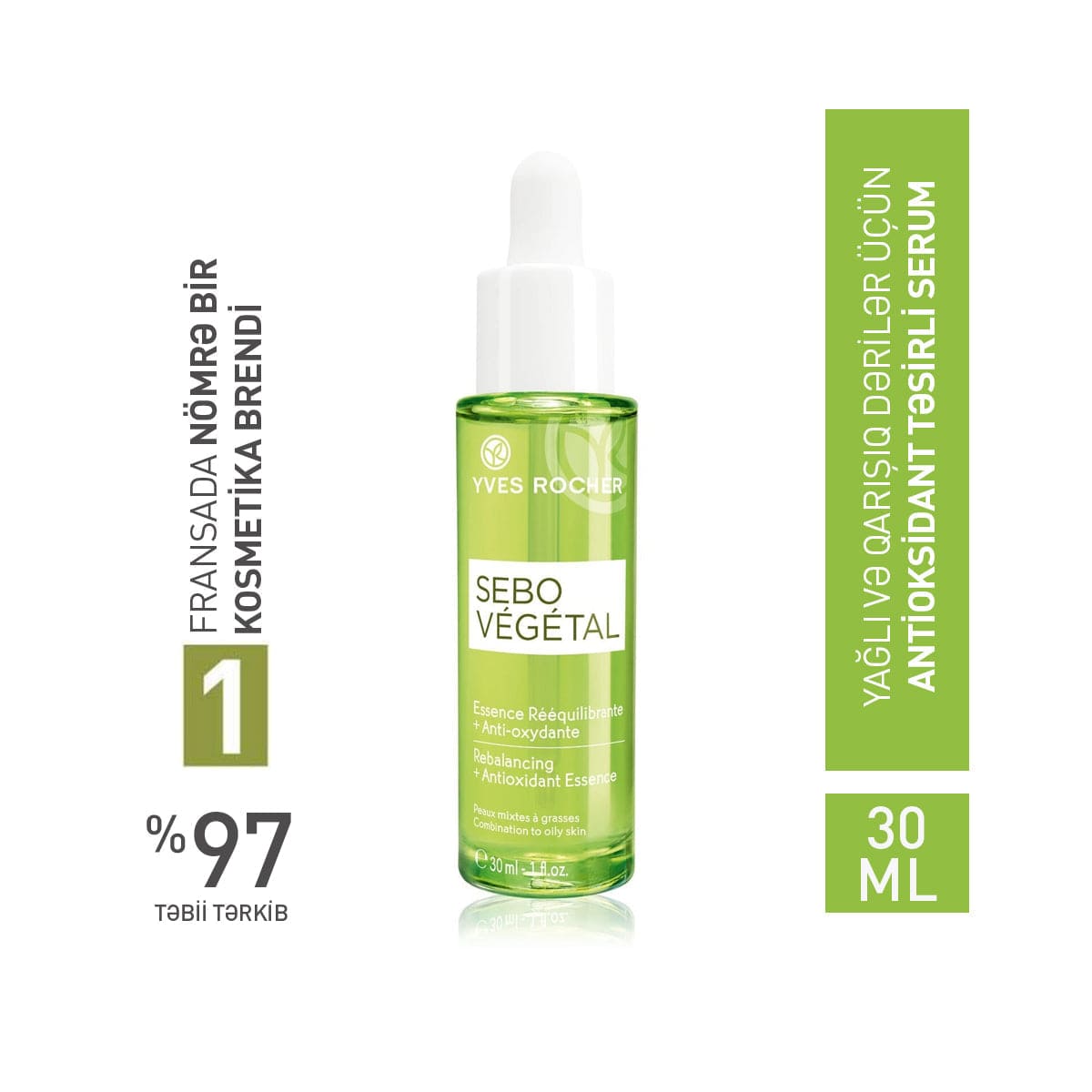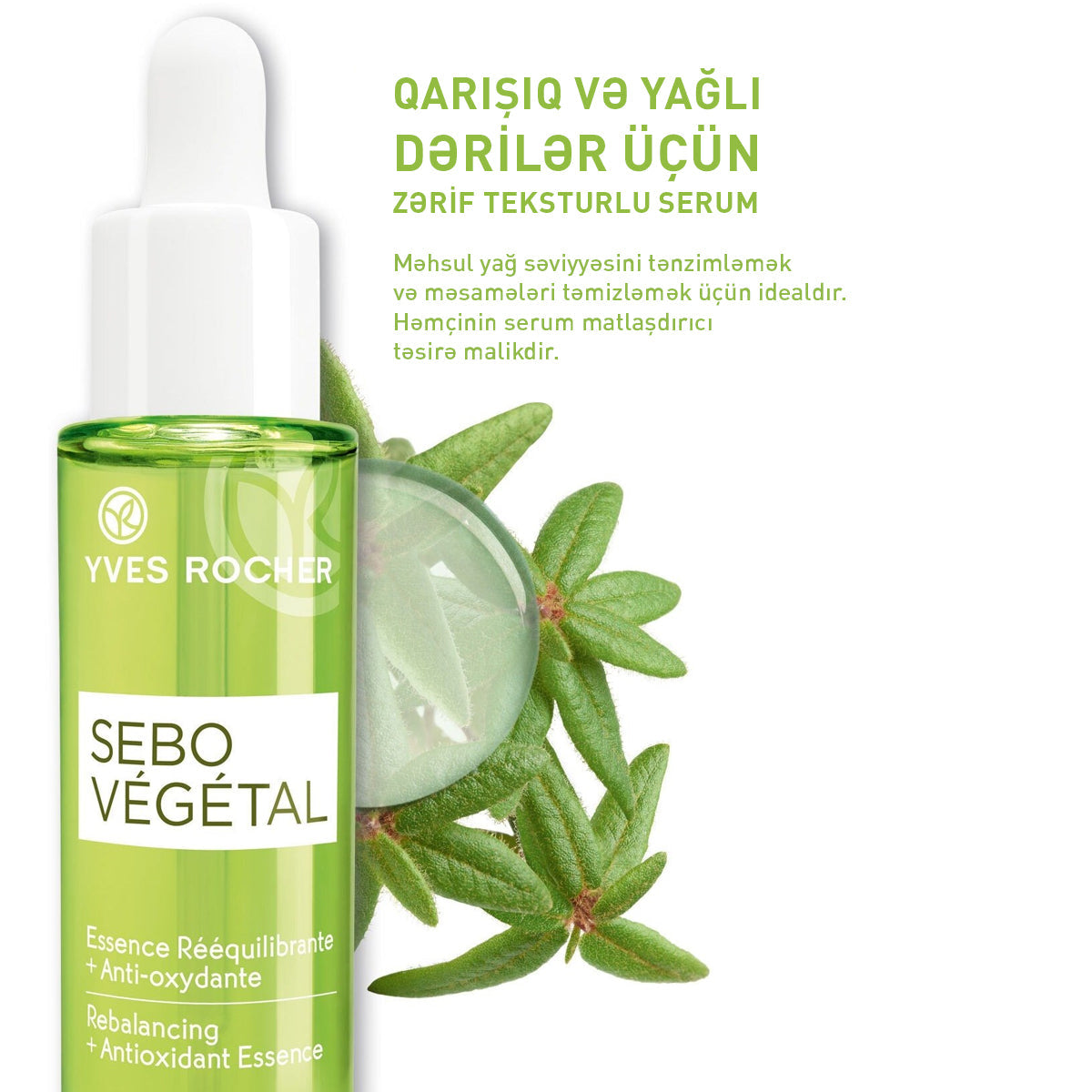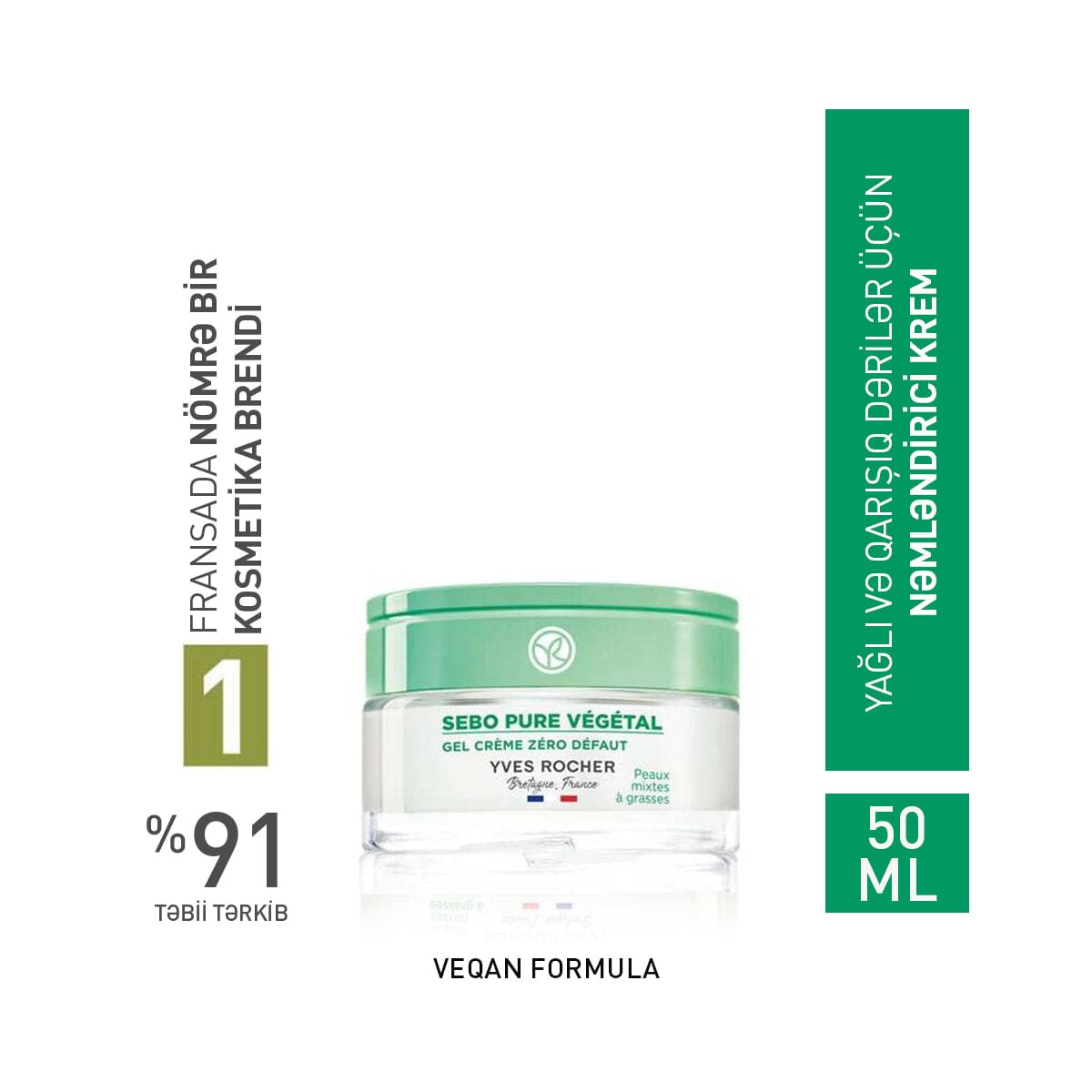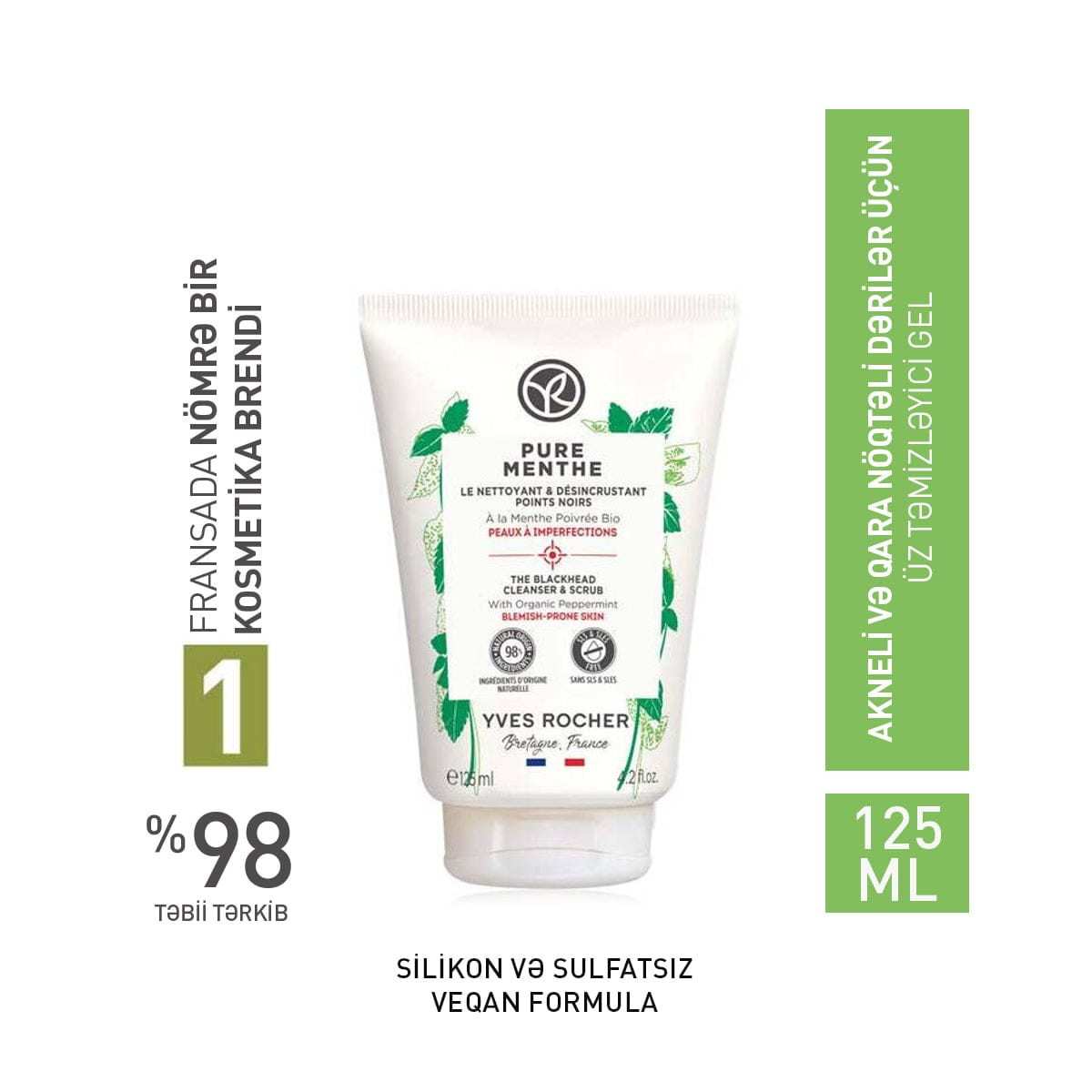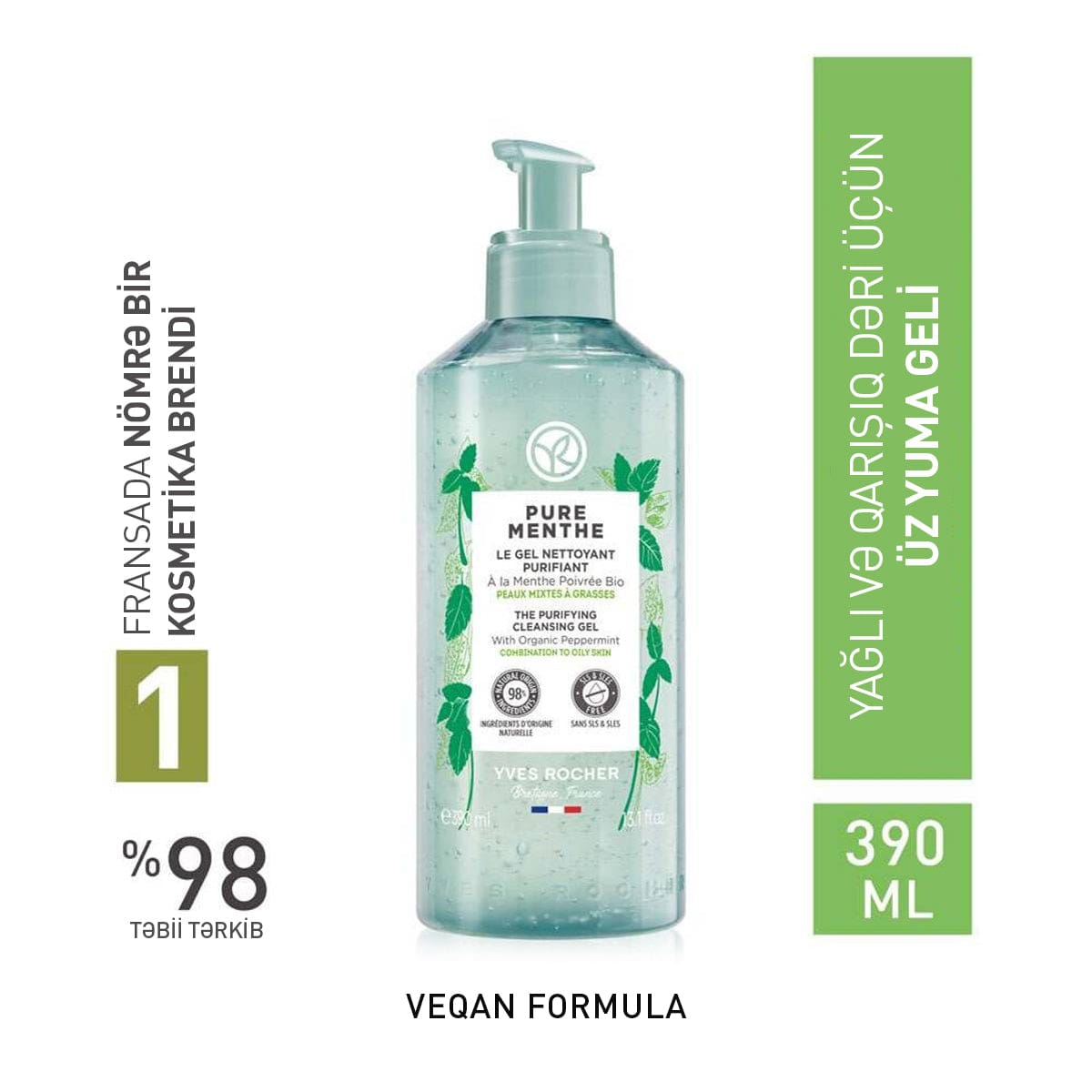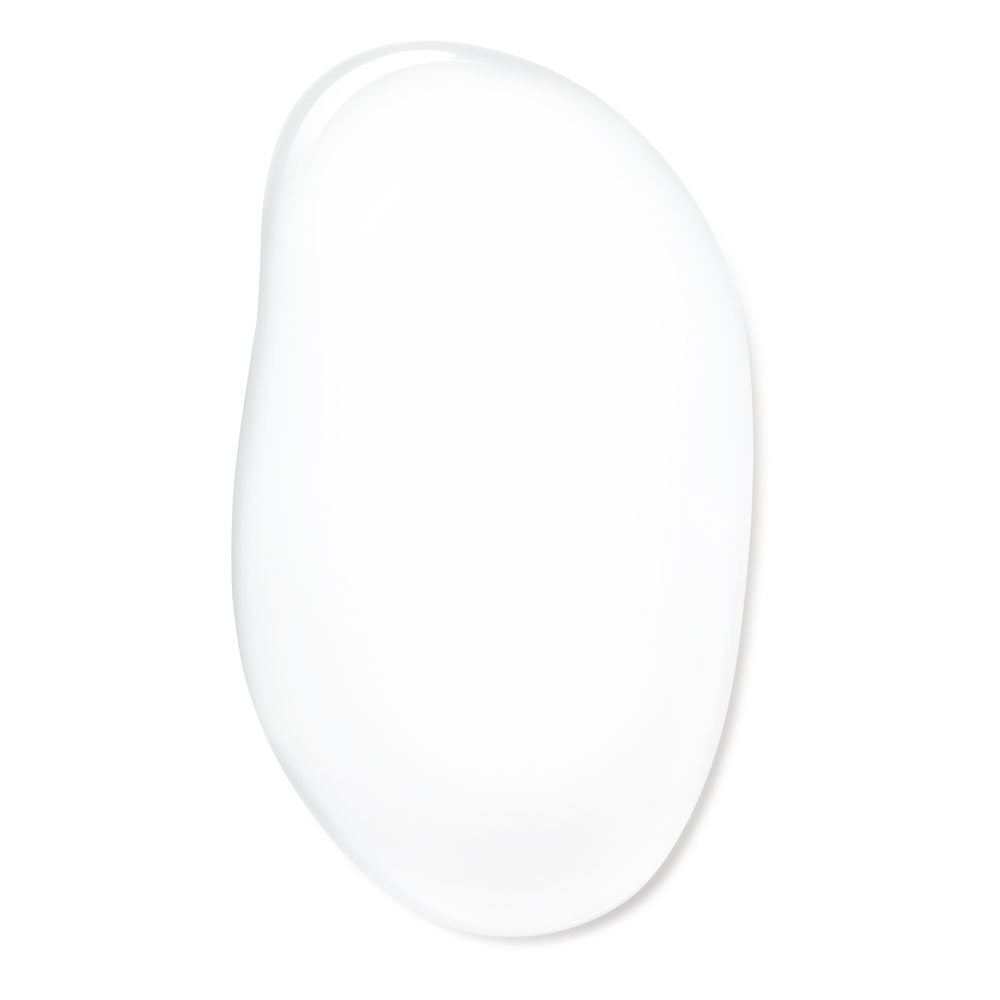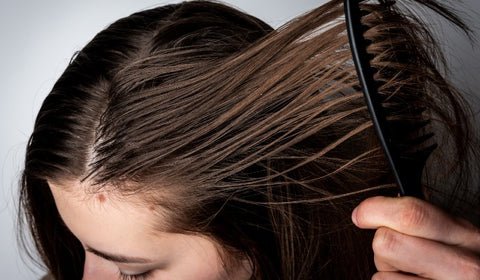
OILY SKIN AND HOW TO GET RID OF IT
Oily skin is a skin type that requires special and regular care. To properly care for oily skin, it is
crucial to first consult with a specialist in this field and select suitable cosmetic products and
procedures. This way, you can accelerate the cell renewal process and maximize your skin's
hydration.
GENERAL INFORMATION ABOUT OILY SKIN
Oily skin is characterized by the excessive production of sebum. This issue can affect men,
women, and even children of all ages. Most young people under the age of 25 experience oily
skin problems. In most cases, as time passes and hormonal levels normalize, oily skin is replaced
by combination skin. However, if you are genetically predisposed to oily skin, this problem can
persist throughout your life.
The symptoms of oiliness primarily occur in the T-zone of the face (chin, nose, and forehead)
because the sebaceous glands are most active in these areas. However, it is also possible to
encounter oily skin conditions on the scalp and body.
CAUSES OF OILY SKIN
By regulating sebum production, you can restore your oily skin to a normal appearance. To
effectively address the issue, it is essential to determine the reason for the excessive production
of sebum.
There can be seven main reasons for this problem:
1. Hormonal factors: Many teenagers suffer from oily skin during puberty. This problem is
associated with changes in the function of the sebaceous glands during hormonal surges.
The intense production of sex hormones also affects sebum production activity.
2. Imbalance in hydration: Skin suffering from dehydration leads to an increase in sebum
production. When there is a lack of moisture, the skin's hydrolipid protective balance is
disrupted, and the epidermis tries to naturally restore itself by increasing sebum
production.
3. Genetic predisposition: Unfortunately, oily skin can often be inherited. If parents suffer
from oily skin problems, the likelihood of their child facing the same issue is high.
4. Improper care: Using skincare products that contain aggressive ingredients (alcohol,
antiseptics) not suitable for your skin type, removing hardened cells with harsh scrubs –
all these lead to excessive sebum production by the epidermis.
5. Negative environmental impact: Many people believe that the sun can dry out acne and
normalize oily skin, but this is not entirely true. Although you may notice improvements
in your skin after tanning, the effect will be short-lived. Later, under the influence of
ultraviolet radiation, problematic skin will experience increased oiliness and aggravated
acne. Environmental pollution also negatively affects oily skin: harmful particles mix
with oil in the pores, leading to more breakouts.
6. Stress and lack of sleep: During stress, the synthesis of the stress hormone cortisol,
which causes the hyperplasia of the sebaceous glands, increases.
7. Improper nutrition: Skin always reacts to nutrient deficiencies or the increased
consumption of fatty, spicy, sweet, salty, and smoked foods in the diet. Try to adjust your
diet to include vegetables, fruits, lean meat, and fish.
SIGNS OF OILY SKIN
Excessive shine is the most recognizable but not the only sign of oily skin:
Thick epidermis;
Pale color and uneven skin surface;
Enlarged pores, with active and excessive sebum production;
Skin surface problems: rashes, blackheads, comedones.
ADVANTAGES AND DISADVANTAGES OF OILY SKIN
It should be noted that oily skin has both positive and negative aspects. Let's list the drawbacks
first: thickening of the skin, the formation of acne, blackheads, and rashes, enlarged pores, and
makeup not staying long on the skin surface. However, despite these issues, there are advantages
to oily skin: it is less prone to wrinkles, better nourished and resilient due to active sebaceous
glands. In general, oily skin ages much later because the protective lipid layer prevents negative
environmental effects and retains moisture. As a result, oily skin remains smooth and elastic for a
longer time, usually showing the first signs of aging after the age of 40.
CARING FOR OILY SKIN
Minimizing stress, using proper skincare products, and maintaining a healthy diet can help solve
the problem of excessive shine and sebum production. Now, let's discuss in more detail what
helps to manage oily facial skin.
The problem is that many people think that to get rid of acne and shine, oily skin needs to be
dried out. In response, the skin starts producing more sebum. Therefore, it is important to choose
a multi-step care regimen that reduces the negative manifestations of oily skin.
SKINCARE STEPS:
1. Cleansing: Oily skin care starts with gentle, hydrolipid-balance-preserving cleansing in
the morning and evening. When choosing a product for this skin type, pay attention to the
ingredients. A gel or foam designed for oily skin that fights bacteria and regulates sebum
secretion is suitable. The product you use should not dry out the skin, otherwise, it will
produce even more oil. Wash your face with cool, but not cold, water – this helps tighten
the pores.
2. Exfoliation: Exfoliation helps renew the skin, clean the pores, remove dead skin cells,
and make the skin more radiant. According to the rules, use products with a peeling effect
no more than 1-2 times a week. Soft scrubs, AHA-containing products, and masks with
clay and charcoal are suitable for this. If you have a rash on your face, it is not
recommended to use a scrub.
3. Toning: After each face wash, use a toner to properly finish the cleansing stage and
prepare the skin for the next care steps.
4. Moisturizing: Many mistakenly believe that oily skin does not need regular
moisturizing. This is a misconception. On the contrary, using lightweight creams can
reduce excess sebum production. Additionally, these types of care products mattify,
soothe, and restore the skin's protective barrier.
Caring for oily skin is not as difficult as it may seem. Although it may not be possible to
completely eliminate shine, enlarged pores, and acne, properly selected cosmetics and care can
significantly help resolve many issues.
PEELING FOR OILY SKIN
One of the best care methods for oily skin is peeling. This procedure helps the skin get rid of
impurities, improves its appearance, opens the pores, and allows the skin to breathe and renew
itself better. Peeling can reduce blackheads and acne, smooth the skin, and regulate its tone.
With peeling performed by professionals, you can achieve more noticeable results:
Improves skin color and texture;
Has an anti-inflammatory effect;
Normalizes sebum secretion;
Stimulates hyaluronic acid production;
Hydrates the skin.
For better results, peeling can be combined with therapeutic care and mesotherapy.
CREAMS AND MASKS FOR OILY SKIN
If you have oily skin, do not forget to use creams and masks. These products absorb all
impurities, clean the pores, and reduce sebum production. At Yves Rocher stores, you can find
various masks and creams that are ideal for oily skin.
Yves Rocher brand produces a special care line for oily skin called Sebo Pure Vegetal. This
natural series includes a lotion for pore cleansing, a cleansing gel-gommage, a moisturizing
cream, a mask, and a SOS-treatment for local application. Additionally, you can try products
from our Pure Menthe line, which includes pore-cleansing charcoal or clay masks, mint-based
face washes, toners, and micellar waters.
If the cause of oily skin is genetic, you will not be able to completely get rid of the condition. In
this case, the doctor prescribes special care products for oily skin (gel, cream, or shampoo).
By using other methods, you can maintain the skin in a normal state and minimize the severity of
symptoms. There are many cosmetic procedures available to restore the function of the
sebaceous glands and reduce sebum production.
You can order the highest quality products to help you care for oily skin online on our website or visit one of our branches.
